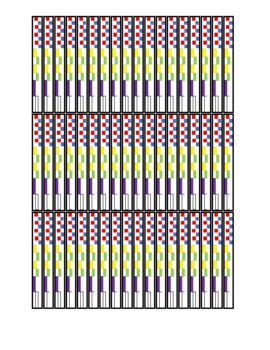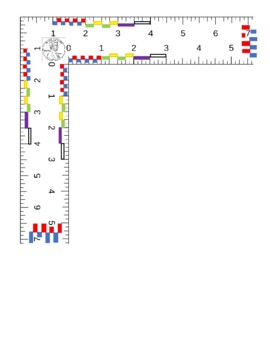Printable Reference Inch Visual Square & Ruler set for cnc
- PDF
Description
I'm developing a program for CNC routing as well as 3D printing. I needed an easy to visualize square and rulers for my students to use on the CNC.
I found that students have a hard time telling the difference between 1/8", 1/4" & 1/2", so I added different gradients to this to show each scale. The color scale goes from 1/8th, 1/4 and 1/2".
The squares are 7" x 7" with a penny for reference.
The three 6" rulers also have the gradient scales and penny for visual reference.
The second page has a copy of the gradient scale that you can place over your classroom rulers as a great visual aid! You can copy them as a transparency or tape them onto your classroom rulers. This is a great set to help you understand the U.S. Standard measurement system.
You can laminate these for a flexible ruler option in your class. You can also use clear packing tape to make these into a durable, flexible ruler set for your class.
I designed this set for use in planing layouts for CNC carving. Stay tuned for CNC lessons as well!
Printing note: All effort was made to maintain correct scale. Please print full size, do not scale page to fit. Please check file against a ruler when completed.




